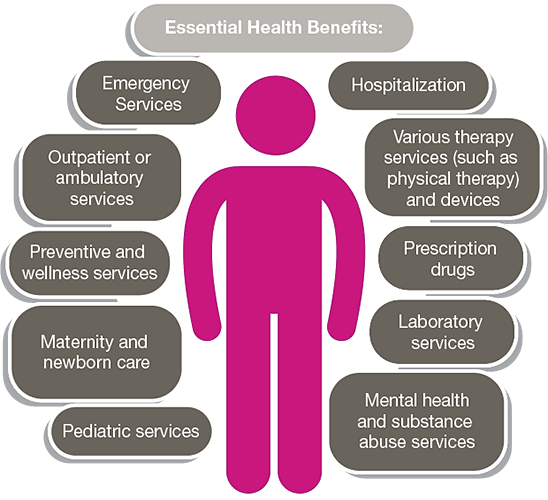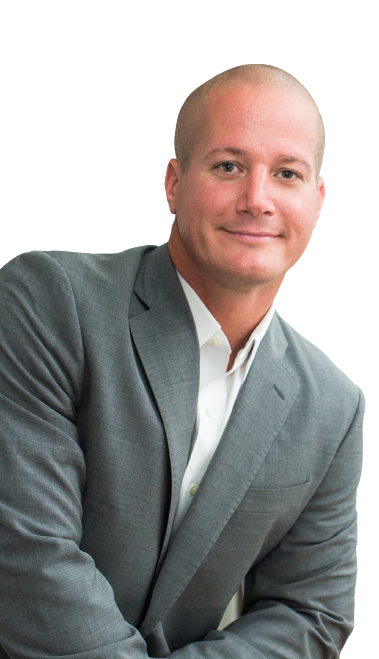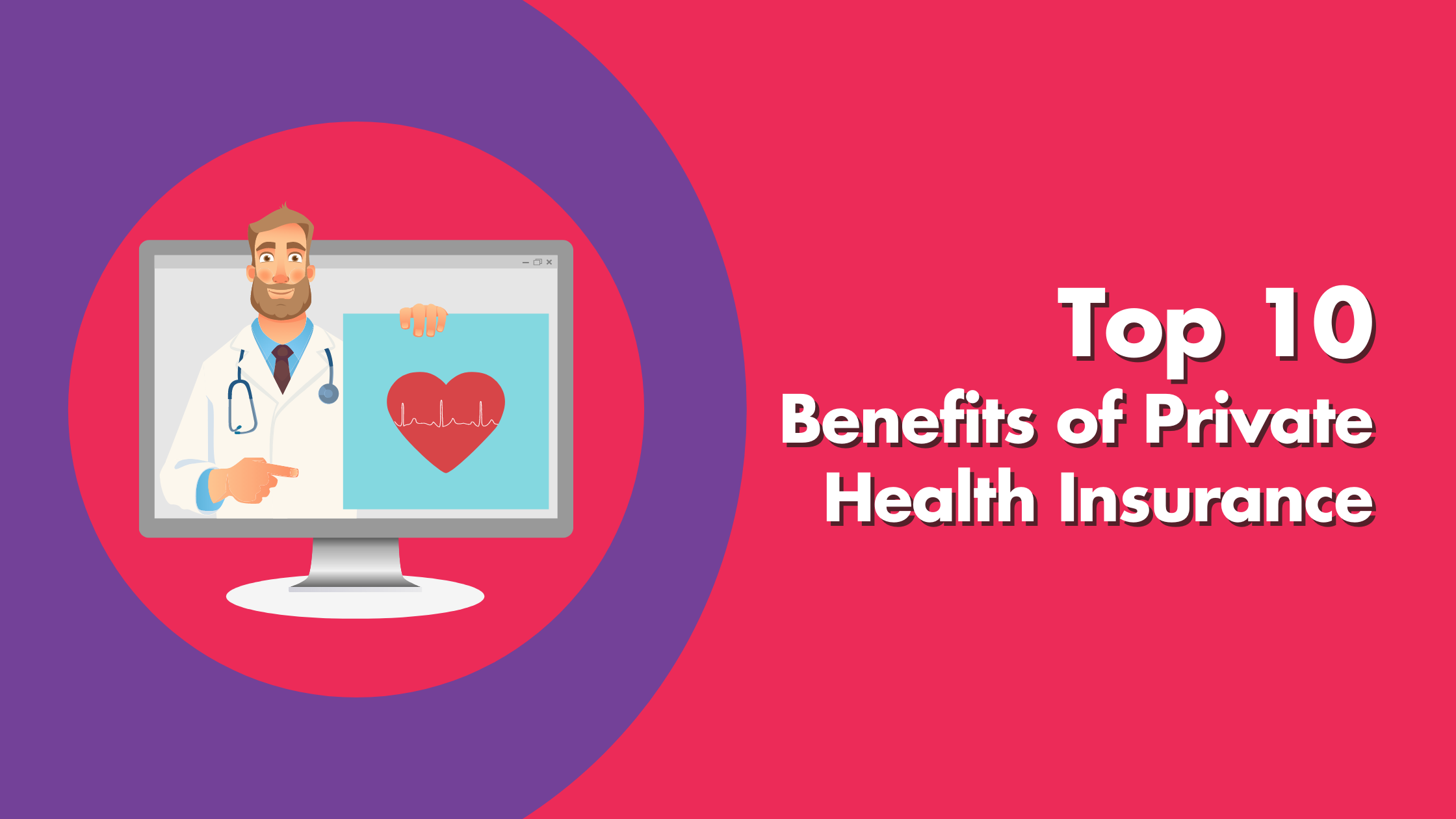Little Known Questions About Medicare Advantage Agent.
Wiki Article
The Best Strategy To Use For Medicare Advantage Agent
Table of ContentsGetting My Medicare Advantage Agent To WorkThe Ultimate Guide To Medicare Advantage AgentGetting The Medicare Advantage Agent To Work


follows from adheres to the relatively young fairly profile of the uninsured with the better healthMuch better on average, of younger personsMore youthful For those without access to office health insurance coverage, bad health is a prospective barrier to purchasing nongroup coverage because such coverage might be highly priced, leave out pre-existing problems, or be merely unavailable. Unless or else kept in mind, nationwide price quotes of people without health insurance and percentages of the population with different kinds of coverage are based on the CPS, the most commonly made use of source of estimates of insurance coverage and uninsurance rates.

The Facts About Medicare Advantage Agent Uncovered
The relationship between wellness insurance and access to care is well developed, as recorded later in this phase. The connection in between health and wellness insurance policy and wellness results is neither direct neither easy, a comprehensive professional and health and wellness services research study literary works links health and wellness insurance coverage to improved access accessibility care, better far betterHigh quality and improved boosted and population populace wellnessCondition The second record, on individual wellness results for without insurance grownups, is represented by the inner circle of the figure, while the third record, on family members wellness, encompasses the subjects of the 2nd report but stresses a different device of evaluation, specifically, the family.
Furthermore, it concentrates specifically on those with no medical insurance for any type of length of time. The problems dealt with by the underinsured are in some respects comparable to those encountered by the uninsured, although they are typically much less serious. Uninsurance and underinsurance, nonetheless, entail distinctly various policy problems, and the strategies for resolving them might differ. Throughout this research and the 5 reports to comply with, the major emphasis gets on persons without medical insurance and hence no assistance in paying for healthcare beyond what is readily available through charity and safeguard institutions. Medical insurance is a powerful element affecting invoice of care because both people and physicians reply to the out-of-pocket price of solutions. Health and wellness insurance policy, nonetheless, is neither needed neither adequate to access to clinical solutions. The independent and direct effect of health insurance insurance policy on access to health wellness is well establishedDeveloped Others will certainly acquire the health care they require even without health and wellness insurance, by paying for it out of pocket or seeking it from suppliers who supply treatment totally free or at extremely subsidized prices. For still others, health and wellness insurance alone does not make certain receipt of treatment since of various other nonfinancial barriers, such as an absence of health and wellness care carriers in their community, minimal accessibility to transport, illiteracy, or etymological and social distinctions. Formal research study regarding without insurance populations in the United States dates to the late 1920s and early 1930s when the Board on the Expense of Healthcare created a collection of reports regarding funding physician workplace brows through and hospitalizations. This concern became prominent as the varieties of medically indigent climbed throughout the Great Anxiety. Empirical studies regularly sustain the link in between accessibility to care and boosted health end results(Bindman et al., 1995; Starfield, 1995 ). Having a regular source of treatment can be considered a predictor of gain access to, instead of a direct step of it, when health and wellness outcomes are themselves utilized as accessibility indications. This expansion of the idea of access measurement was made by the IOM Board on Keeping Track Of Gain Access To to Personal Wellness Treatment Solutions(Millman, 1993, p. Whether moms and dads are guaranteed shows up to influence whether hop over to these guys their youngsters obtain treatment along with just how much careeven if the youngsters themselves have insurance coverage(Hanson, 1998). The health of moms and dads can influence their capability to look after their youngsters and the degree of family members anxiety. Bothering with their youngsters's access to care is itself a resource of tension for parents. 3 chapters follow in this report. Phase 2 supplies a review of just how employment-based health and wellness insurance policy, public programs and private insurance coverage policies operate and interact to supply substantial yet incomplete coverage of the united state population. This consists of a testimonial of historical patterns and public laws affecting both public and private insurance coverage, a conversation of the interactions amongst the different sorts of insurance policy, and an examination of why individuals move from one program to another or wind up

Report this wiki page